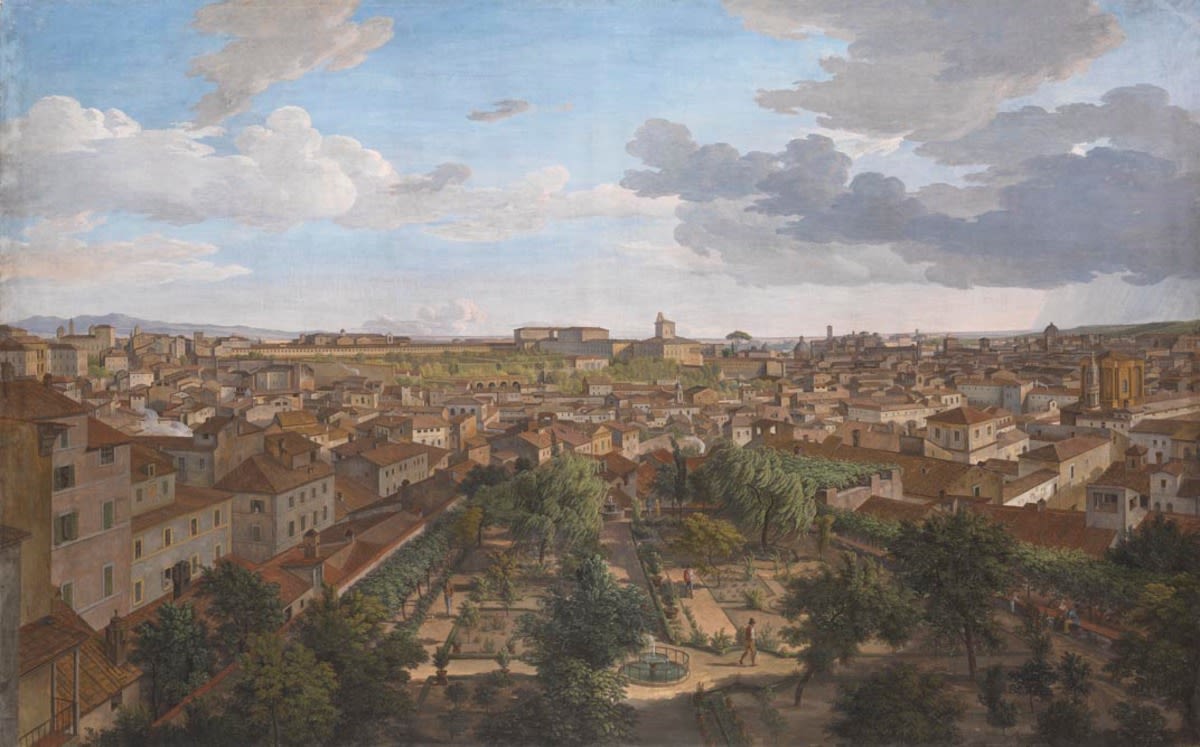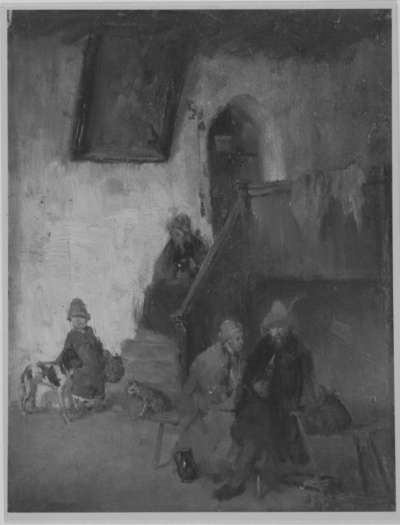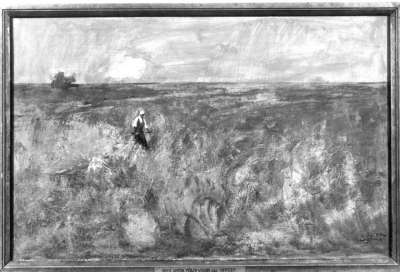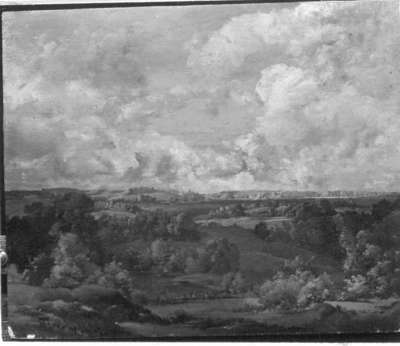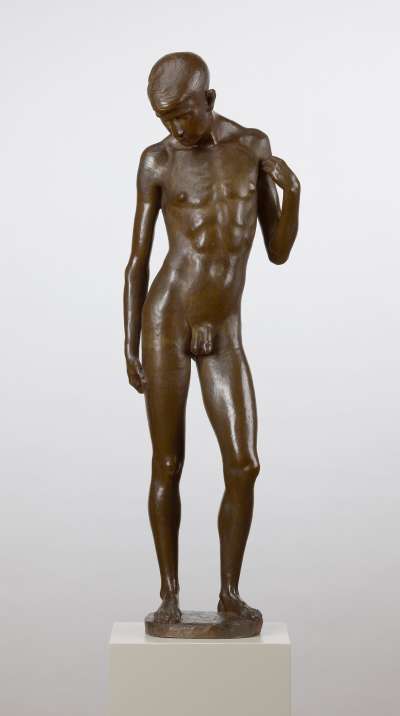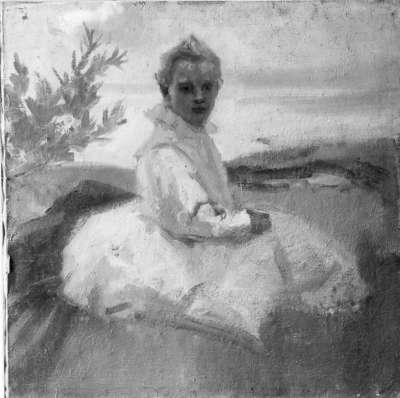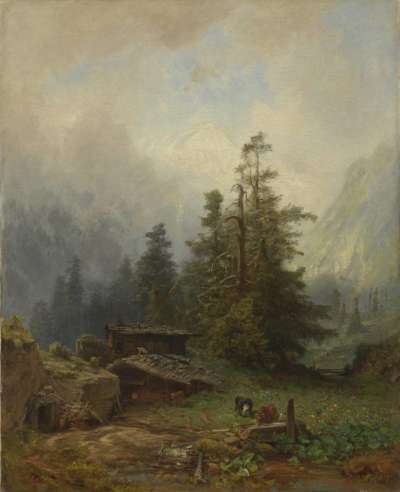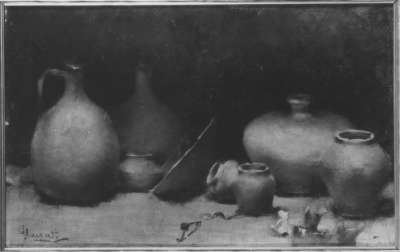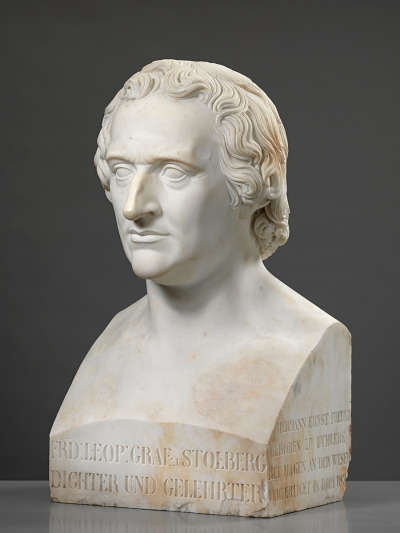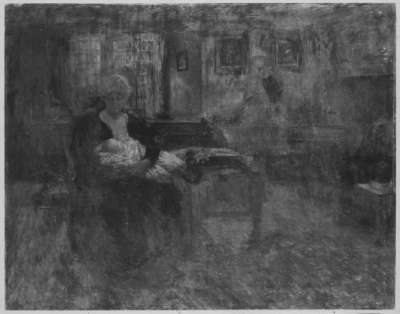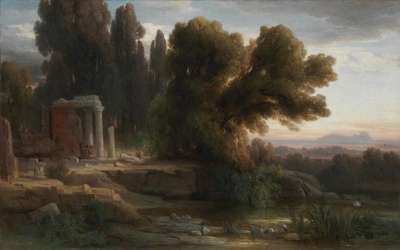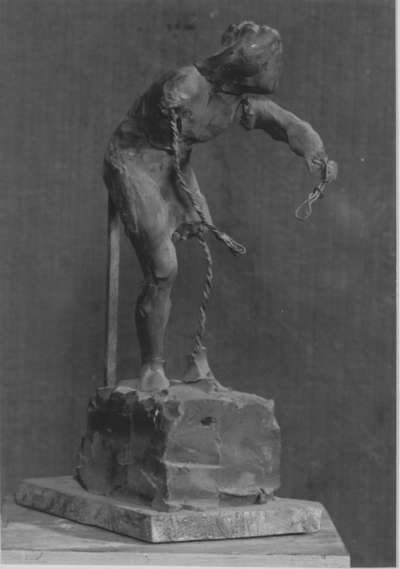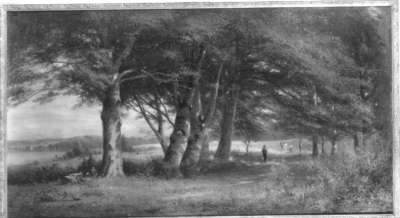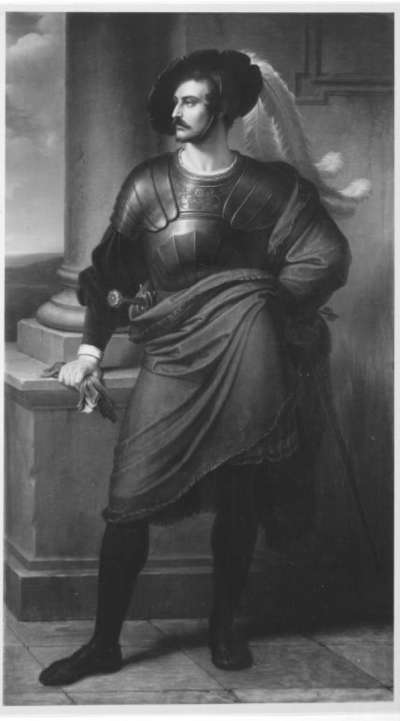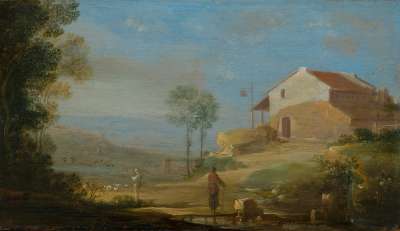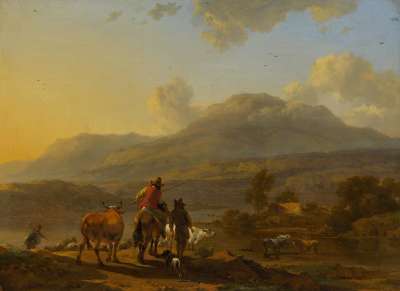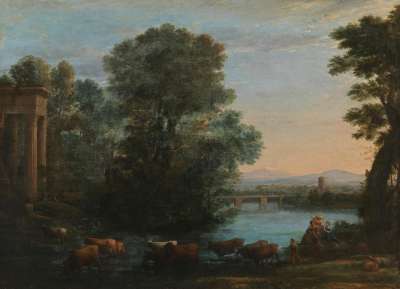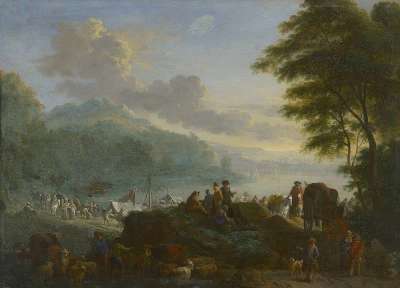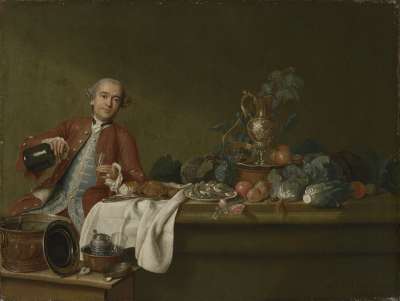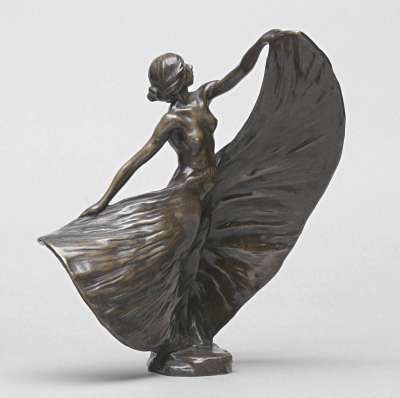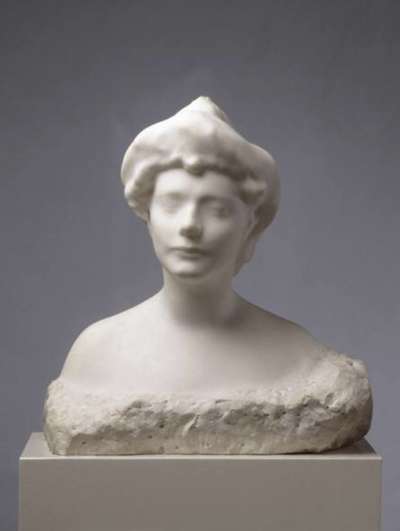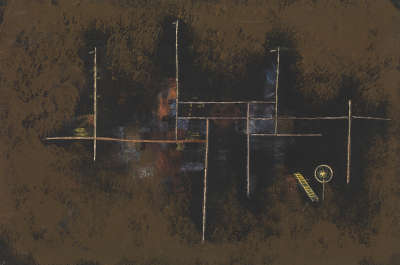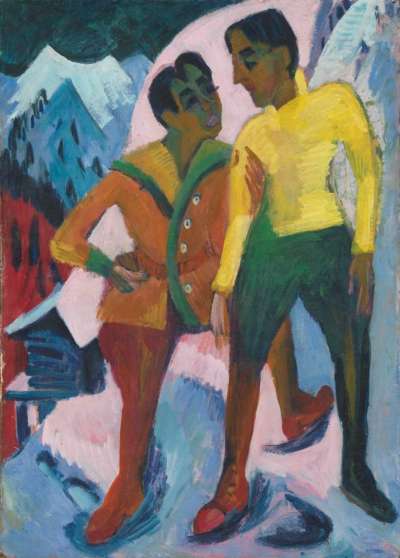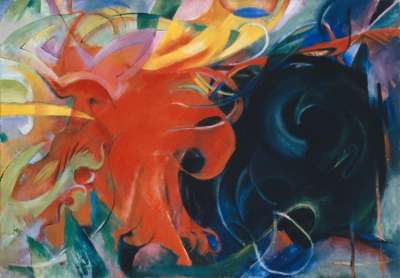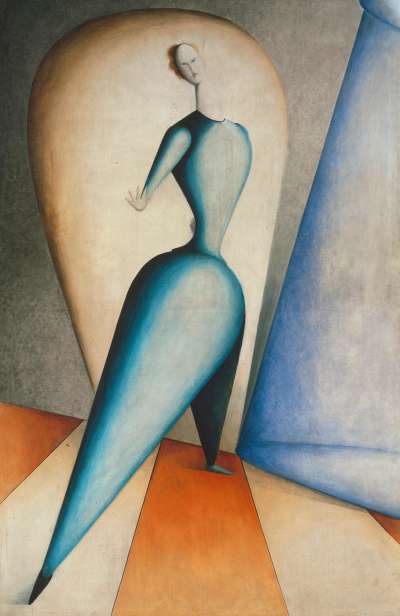Johann Christian Reinhart
(1761-1847)
Blick von der Villa Malta in Rom nach Süden,
1834
Material / Technology / Carrier
Tempera auf Leinwand
Dimensions of the object
166,5 x 267 cm
Displayed
Not on display
Acquisition
1835 durch König Ludwig I. vom Künstler erworben
Stock
Bayerische Staatsgemäldesammlungen - Neue Pinakothek München
Citation
Johann Christian Reinhart, Blick von der Villa Malta in Rom nach Süden, 1834, Bayerische Staatsgemäldesammlungen - Neue Pinakothek München, URL: https://www.sammlung.pinakothek.de/en/artwork/ma4dqDgxrO (Last updated on 22.01.2024)
The painting shows a view overlooking Rome from the tower of the Villa Malta. It is part of a four-part panorama that was commissioned by King Ludwig I who had acquired the villa in 1827. The four views taken as a whole give a relatively precise idea of the topography of the city around the year 1830. The view to the south shows the inner confines of the city, which has today remained much the same. For example, to the left in the background the church Santa Maria Maggiore, with its tower and two domes, is visible. A bit further to the right is the Lateran Basilica surmounted by its figurative sculptures. Approximately in the middle of the painting is the long Quirinal Palace, while to the right in the foreground is Borromini's Sant' Andrea delle Fratte. In comparison, to the north is a vista of the Roman countryside - a view which no longer exists today having been altered by the extension of the city in the late 19th century.
Although the work's veduta-like character went very much against Reinhart's tenets, he could not contradict his royal patron's insistence. According to Reinhart, the direct rendering of the visible, which is required of a panorama, has nothing to do with landscape painting. The artist's goal should be the transcendence of reality through the idealized composition and the inclusion of Arcadian elements.
